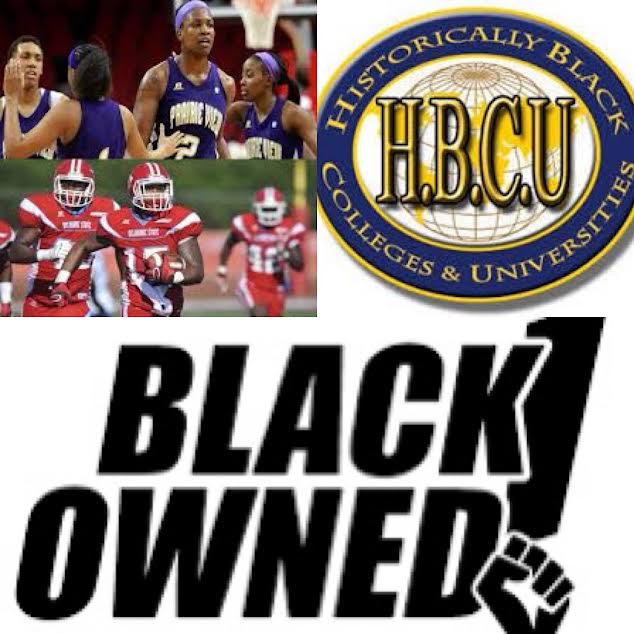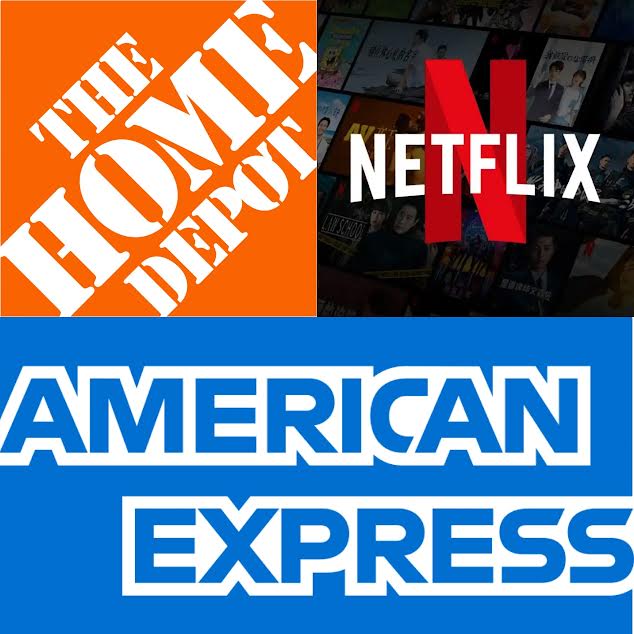“When you face a crisis, you know who your true friends are.” – Magic Johnson

Nobody ask African American institutions to do more with less than African Americans themselves. We ask Liberty Bank & Trust, the largest African American owned bank by assets, with just over $1 billion to be able to do the same things that J.P. Morgan can do with almost $3 trillion. We ask Howard University with an endowment of less than $1 billion to do the same thing Harvard can do with an endowment of over $50 billion. The perplexing insanity of expectation that we have for African American institutions while European American institutions who get virtually 100 percent of their community’s buying power and over 90 percent of African America’s buying power against African American institutions who get virtually 0 percent of non-African American buying power and less than 10 percent of our own community’s buying power is so often lost on us it is infuriating. We really do give little thought to how much of our educational value both economically and intellectually we pour into non-African American institutions. The intellectual value would require a study of its own, but the economic value we can actually measure rather quickly on the higher education level at least.
According to the Postsecondary National Policy Institute, “In 2020, 36% of the 18–24-year-old Black population were enrolled in college compared to 40% of the overall U.S. population. Since Fall 2010, Black student enrollment has declined from 3.04 million to 2.38 million, a 22% decrease: Undergraduate enrollment declined from 2.67 million to 1.99 million, a 25% decrease.” Next the Education Data Initiative’s reports, “The average cost of college* in the United States is $35,551 per student per year, including books, supplies, and daily living expenses.” Combine those two statistics together and you have a working “cost of college” revenue for African America that is approximately $84.6 billion annually. Unfortunately, HBCUs and their approximately 214,200 students would be valued at only $7.6 billion or less than 9 percent if HBCUs “cost of college” was comparable, but it is not. HBCUs “cost of college” lands around $28,064 annually meaning African Americans at HBCUs value is approximately $6 billion or 7 percent. Beyond building your own intellectual institutions that represent your intellectual interest to the world, just economically it makes more sense for African Americans to choose HBCUs. Unfortunately, the discount is not just based on African American families being economically poorer, but also because African America socially devalues African American institutions so much that they are forced to offer a discount to attract those who economics face the highest uphill battle. This would explain in large parts why HBCUs in general have such acutely high percentage of Pell Grant students. HBCUs may be on a race to extinction without increasing its percentage of African Americans choosing them for college or seeing parabolic growth in their endowments.
The economic model as it stands is simply not sustainable. An institution can not both fail to garner massive support from its community and be cheaper. Unfortunately, because African American households are economically poor and psychologically devalue African American institutions, then being more expensive than the norm is not an option. This harsh reality that HBCUs just to close the approximately $7,500 gap or $1.6 billion in cost would mean attaching an endowment of $150,000 per current HBCU student or $32.1 billion or increase African American students from 214,200 percent (9 percent African American HBCU students) of those attending HBCUs by approximately 57,000 to 271,200 (11 percent African American HBCU students) – an over 25 percent increase from current. The cost to obtain those 57,000 new students (infrastructure aside) according to Nova AI, “the National Association for College Admission Counseling, the average cost per student recruited by a four-year private college was around $2,433 in 2018-2019” would be $138 million. Many HBCU stakeholders would question whether or not most HBCU campuses could handle a 25 percent increase in their African American student bodies when the infrastructure (housing, faculty, etc.) is already a struggle. However the $32.1 billion options is worth noting since current HBCU combined endowments are just a little over $2.5 billion. There are also 23 European Americans with net worths more than $32 billion and 0 African Americans. If the path to survival seems like a gauntlet seems suicidal, then you would be correct.
Increase African American students by 25 percent (and all the infrastructure cost it would entail) or come up with $32 billion seems like being kind to call it between a rock and a hard place of a decision. A pipe dream solution would be that the top 100 PWI endowments valued at almost $600 billion would take 5 percent ($32 billion) and reallocate it to HBCUs with each PWI giving proportional to their endowments. But hell has a better chance of freezing over given our recent piece on “Tone Deaf: Harvard Launches A $100 Million Endowment To Itself To Study Its Ties To Slavery – An Amount Greater Than 99 Percent Of HBCU Endowments”. Trying to squeeze the Federal government for it seems just as foolish given African America’s lack of political power let alone HBCUs lack of political power. All of this without even considering the decline in African Americans going to college, which is likely a correlation with the African American high school graduation rate where African American boys are struggling to finish. There is also the real consideration that many African Americans are seeing less incentive to go to college given the student loan debt and lack of opportunity thereafter. It leaves the question how many HBCUs remaining can survive to the next generation.
Ultimately, the solution will likely and largely lie with HBCU alumni associations and their ability to become more than just social organizations, but truly engaged of the business of group economics. We have discussed previously the “12 Things Your HBCU Alumni Association/Chapter Needs To Do To Be Financially Successful” and the sentiment remains true and urgent. Making HBCU alumni associations financially stronger would also allow HBCUs to be far more competitive for African American students and work towards that increased enrollment while being able to build the infrastructure along side it. The question remains though, can HBCU alumni transform their alumni associations into financial powerhouses in a manner that would allow them to achieve such a goal? You never know until you try, but one thing is for sure you miss 100 percent of the shots you do not take and the consequences here are the institutional death of HBCUs as we know them.




